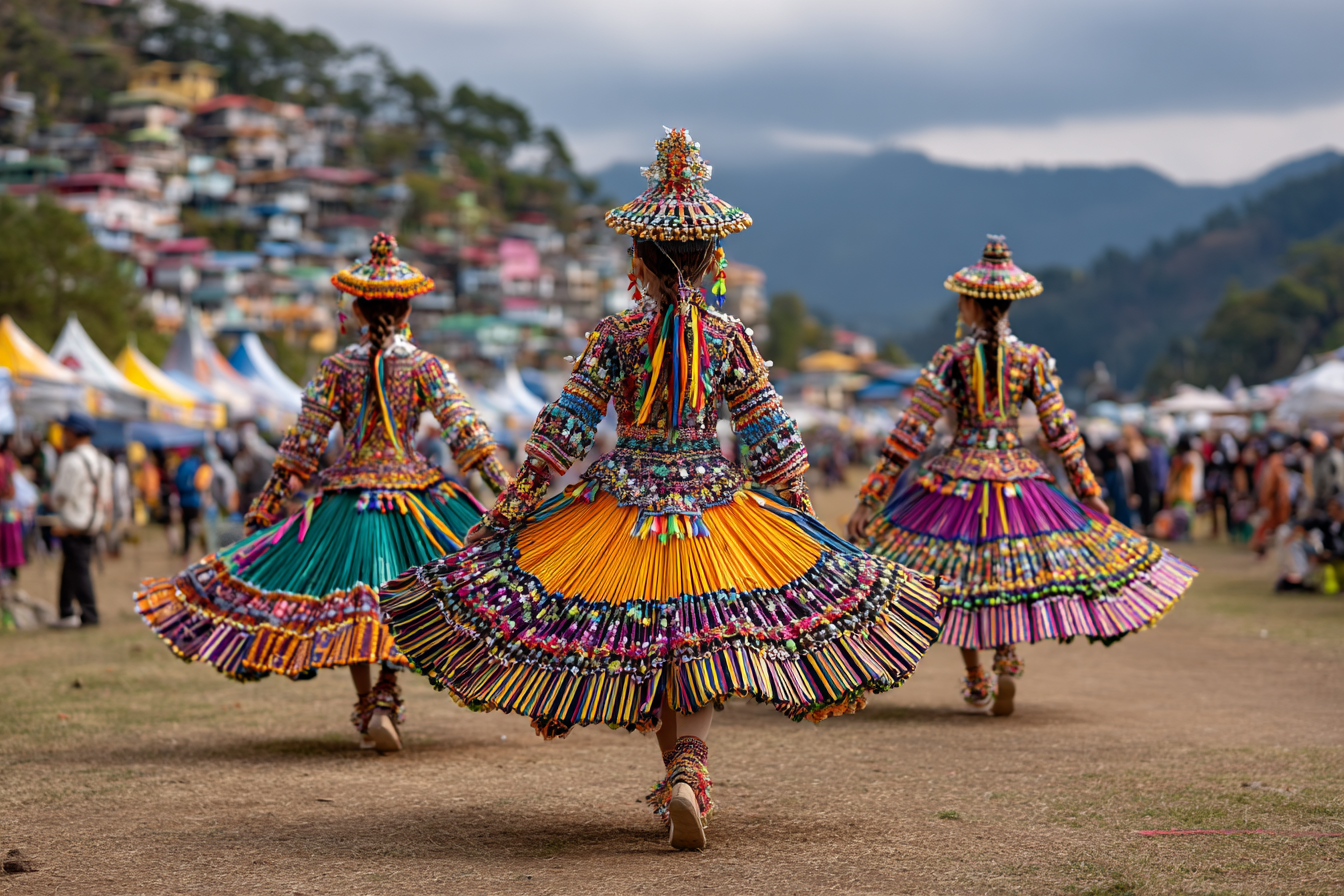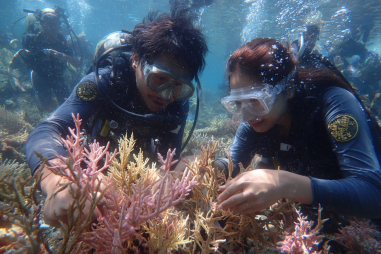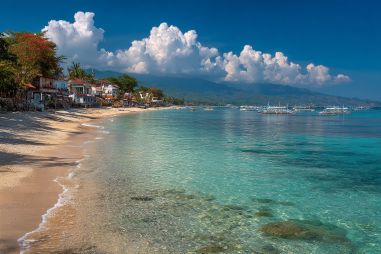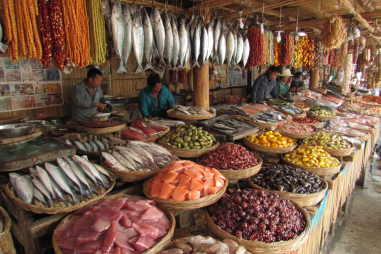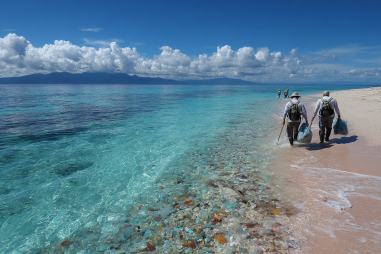Sagada, a mountainous town in the Cordillera region of the Philippines, is renowned not only for its stunning landscapes and cool climate but also for its rich cultural heritage. Its vibrant festivals and events offer a unique glimpse into the traditions, rituals, and communal spirit of the indigenous people. Joining in these celebrations allows travelers to connect deeply with local customs, enjoy lively performances, and experience Sagada beyond its natural beauty. If you’re planning a trip to this enchanting town, immersing yourself in its festivals is an excellent way to make your visit even more memorable.
Overview of Main Sagada Festivals
Sagada’s festivals are a harmonious blend of indigenous traditions and modern celebrations. The key festivals highlight the local community’s respect for nature, their ancestors, and their agricultural way of life. These events often feature traditional music, dance, and rituals that have been passed down through generations. Among the most notable festivals are the Sagada Mountain Festival, the Annual Harvest Festival, and various thanksgiving events tied to the agricultural calendar. Each festival offers vibrant colors, the echoes of native chants, and a warm sense of camaraderie among locals and visitors alike.
The Annual Sagada Mountain Festival
The Sagada Mountain Festival stands as the town’s most significant cultural event and is eagerly anticipated every year. Typically held in late spring or early summer, this multi-day celebration showcases the unity and strength of Sagada’s mountain communities. The festival features traditional dances, indigenous music performances, and sports activities that pay homage to the local culture and the rugged terrain of the Cordilleras.
Visitors can witness captivating reenactments of ancient rituals, enjoy sumptuous local delicacies, and explore colorful exhibits featuring native crafts. The festival also serves as a great platform for community members to share their stories and for tourists to gain an authentic understanding of Sagada’s history and way of life. The energy during the festival is infectious, making it one of the best times to visit Sagada.
Rituals and Cultural Performances
Integral to Sagada’s festivals are the indigenous rituals and cultural performances that reflect the spiritual beliefs and traditions of the local people. These rituals often involve chanting, dancing, and offerings intended to honor ancestral spirits and request blessings for health, protection, and bountiful harvests.
One notable ritual is the traditional “Baki” dance, where participants wear colorful traditional attire and mimic natural elements or ancestral legends through their movements. Other performances might include storytelling sessions or the playing of indigenous instruments such as the tongatong (a bamboo percussion instrument). These cultural displays provide both entertainment and education, allowing visitors to appreciate the depth of Sagada’s indigenous culture.
Harvest and Thanksgiving Celebrations
Sagada’s harvest celebrations are deeply rooted in the community’s agricultural lifestyle. These events are a way of giving thanks for a successful crop, primarily rice and vegetables, which are the staples in this mountainous region. The festivities usually involve communal feasting, prayers, and offerings to the deities believed to watch over the land and the people.
During these thanksgiving celebrations, visitors might partake in sharing traditional foods like pinikpikan (a local chicken dish) and rice wine. The atmosphere is joyous and communal, emphasizing gratitude and solidarity. By joining these harvest events peacefully and respectfully, tourists can gain insight into the agricultural rhythms that continue to shape life in Sagada today.
How Tourists Can Participate Respectfully
Engaging in Sagada’s festivals can be an enriching experience, but it’s essential to participate respectfully given the cultural and spiritual significance of many activities. Here are some key points for tourists to keep in mind:
- Ask permission: Always seek consent before taking photos of people, especially during rituals or private ceremonies.
- Be mindful of sacred spaces: Some locations and rituals are meant only for community members or have spiritual importance. Respect any boundaries or instructions from locals.
- Dress appropriately: Wearing modest clothing is advisable to show respect during traditional events and rituals.
- Engage with humility: Approach interactions with an open heart and a willingness to learn rather than a desire to entertain or take.
- Support local artisans and vendors: Purchasing handicrafts or food during festivals helps sustain the local economy and preserves cultural heritage.
By observing these guidelines, tourists contribute positively to the preservation of Sagada’s cultural integrity and build genuine connections with the community.
Planning Your Trip Around Events
Timing your visit to Sagada to coincide with one of its vibrant festivals can greatly enhance your travel experience. Since many major festivals are seasonal, it’s helpful to plan ahead and check official dates before booking your trip. The Sagada Mountain Festival usually takes place between April and May, while harvest celebrations occur around October to November.
Accommodation in Sagada can fill up quickly during festival periods, so it’s advisable to reserve lodgings early. Additionally, festivals can bring an influx of visitors, so you might want to book tours or transportation in advance to ensure availability. Keep in mind that some events are weather-dependent, given Sagada’s mountainous terrain and occasional rains, so pack accordingly and be flexible with your schedule.
Tips for Festival Photography
Capturing the essence of Sagada’s festivals through photography is a wonderful way to preserve memories and share the experience with others. Here are some tips to help you take stunning photos while respecting local customs:
- Use natural light: Most events happen outdoors, so aim to shoot during golden hours (early morning or late afternoon) for the best lighting.
- Be discreet: Use a zoom lens to avoid interrupting rituals or performances and to respect the personal space of participants.
- Ask before shooting: Politely request permission from individuals or groups before photographing them, especially during sacred moments.
- Capture candid moments: Look for authentic expressions, interactions, and details like traditional attire or instruments.
- Respect no-photo zones: Some rituals or spaces may prohibit photography—always comply with these rules.
Photography is not just about the perfect shot but also about honoring and preserving the story behind each image.
A Richer, More Meaningful Travel Experience
Participating in Sagada’s festivals and events truly enriches a visit to this serene mountain town. Beyond its well-known caves and rice terraces, Sagada’s cultural celebrations offer travelers a chance to witness centuries-old traditions come to life and to feel the warmth and vibrancy of its community. Whether you’re swaying to indigenous rhythms, tasting local delicacies during harvest time, or respectfully observing ancient rituals, each moment offers a deeper connection to the land and its people.
Planning your trip around these festivals ensures not just a scenic visit but an immersive cultural journey. So when you venture to Sagada, let yourself be drawn into its heart and soul through its vibrant celebrations and create memories that will last a lifetime.

